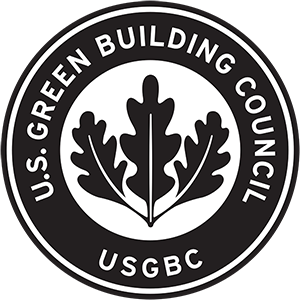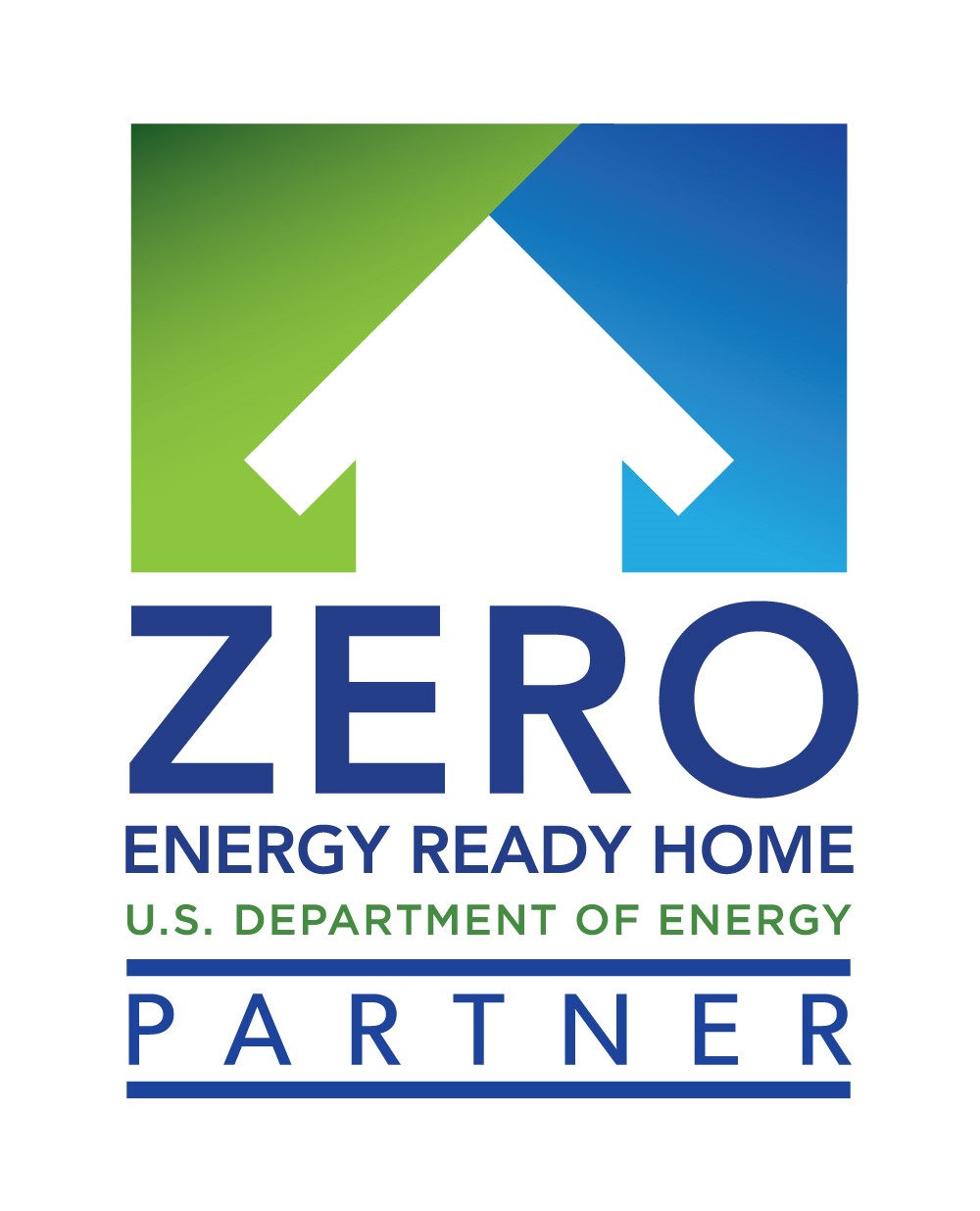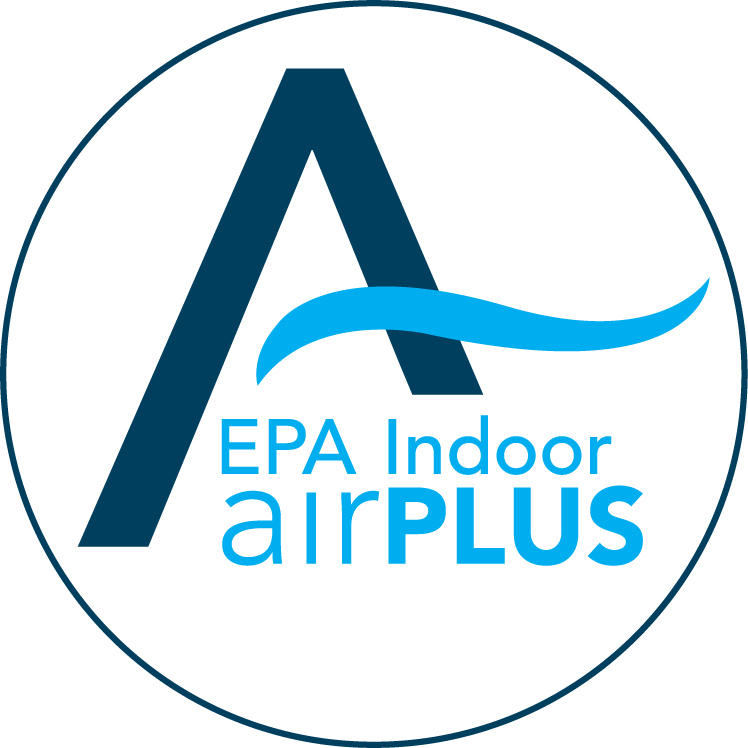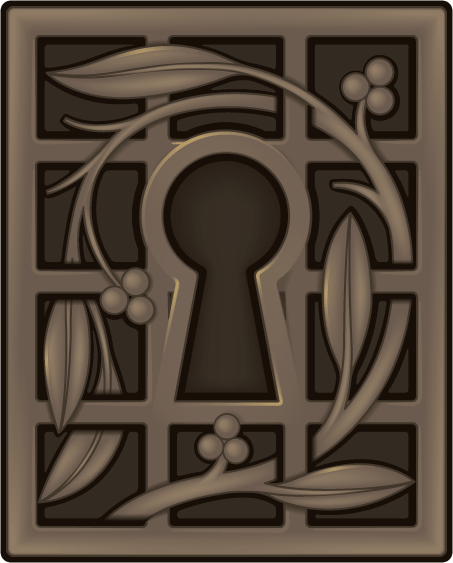Steve Snider
Steve brings a variety of experience to his role as founder of Green Phoenix Development. The genesis of GPD was Steve’s personal experience owning several older homes in Massachusetts over the last 25 years; each, while attractive and historically interesting, had been renovated without much consideration for how the home performed as a system. This led Steve to wonder why so many older home renovations (or, for that matter, most new homes) failed to take advantage of advances in building science to produce durable, healthy, and efficient homes that still retained an historic character.
Steve decided to apply his diverse background in engineering, finance, and building science to this question, and the result was Green Phoenix. After earning a degree in Chemical Engineering from MIT, Steve served eight years as a naval officer in a variety of seagoing assignments. This was followed by an MBA from the Fuqua School of Business at Duke University and a 20-year career as an analyst and portfolio manager at local mutual fund firm Fidelity Investments. After retiring from Fidelity, Steve returned to school, completing a graduate program in Sustainable Residential Design at the Boston Architectural College, and earning his LEED AP accreditation with a specialty in homes.
With this background, Steve formed Green Phoenix to find older, architecturally interesting homes that would lend themselves to comprehensive renovations to make them efficient and healthy while updating them for the way modern families live.
Affiliations
LEED®, or Leadership in Energy and Environmental Design, is the most widely used green building rating system in the world. Available for virtually all building, community and home project types, LEED provides a framework to create healthy, highly efficient and cost-saving green buildings. LEED certification is a globally recognized symbol of sustainability achievement.
The Northeast Sustainable Energy Association (NESEA) helps high-performance building and energy efficiency professionals improve their practices by learning from and networking with each other. Founded in 1974, NESEA is today the region’s leading 501(c)(3) membership organization promoting sustainable energy practices in the built environment. NESEA’s mission is to advance the adoption of sustainable energy practices in the built environment by cultivating a community where practitioners share, collaborate and learn.
A DOE Zero Energy Ready Home is a home that meets all of the criteria found in the DOE Zero Energy Ready Home National Program Requirements. DOE Zero Energy Ready Homes are verified by a qualified third-party and are at least 40%-50% more energy efficient than a typical new home. This generally corresponds to a Home Energy Rating System (HERS) Index Score in the low to mid-50s, depending on the size of the home and region in which it is built.
All DOE Zero Energy Ready Homes are so efficient a renewable energy system can offset most or all annual energy consumption.
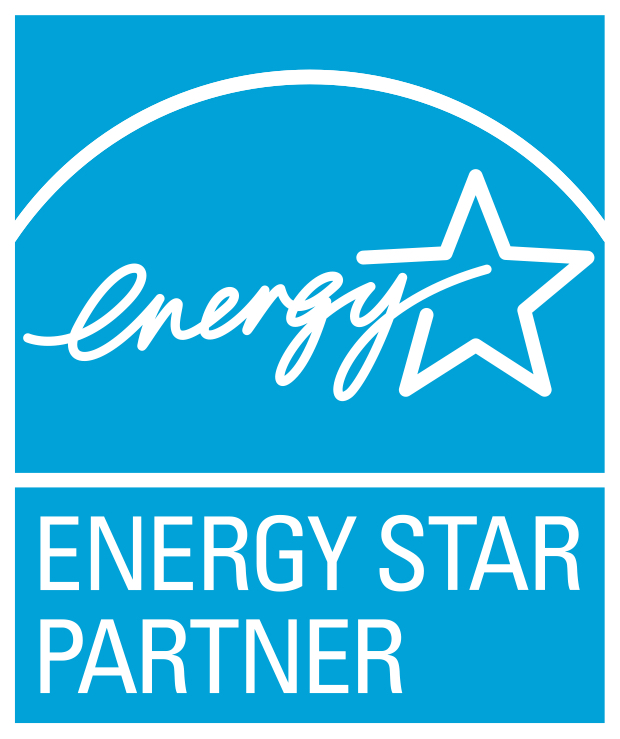
ENERGY STAR is the simple choice for building or purchasing an energy efficient new home. More than 100,000 ENERGY STAR certified energy-efficient single-family homes and apartments were built in 2017 alone, with nearly 1.9 million certified to date. These high-performing homes can be found across the U.S. and in every market segment, including attached and unattached single-family homes, townhouses, and condos and apartment rentals in multifamily buildings. They include custom-built and move-up homes, entry levels homes, affordable homes, and even manufactured homes.
A new home or apartment that has earned the ENERGY STAR label has been verified to meet strict energy efficiency requirements set by EPA. ENERGY STAR certified homes are at least 10% more energy efficient than homes built to code and achieve a 20% improvement on average, while providing homeowners with better quality, performance, and comfort. Together, American homeowners living in ENERGY STAR certified new homes saved $360 million on their energy bills in 2016 alone.
Indoor airPLUS is a voluntary partnership and labeling program that helps new home builders improve the quality of indoor air by requiring construction practices and product specifications that minimize exposure to airborne pollutants and contaminants. Clean air is good for everyone’s health, but it can be especially important to those that have chronic respiratory conditions.
EPA created Indoor airPLUS to help builders meet the growing consumer preference for homes with improved indoor air quality. Indoor airPLUS builds on the foundation of EPA’s ENERGY STAR requirements for new homes and provides additional construction specifications to provide comprehensive indoor air quality protections in new homes.
Construction specifications include the careful selection and installation of:
- moisture control systems
- heating, ventilating and air-conditioning systems
- combustion-venting systems
- radon resistant construction
- low-emitting building materials.


